No wonder XLRs have their own charm, but some people find those microphones a bit complicated to attach. Why so? Because the USB interface has taken the world by storm. But finding a USB condenser microphone may need some extra time to research. And then, the confusion takes over, and you feel in the middle of nowhere, trying to decide the best option.
To make things easier, this article shares 5 popular USB mic models with their main features and specs discussed. So you can quickly select the right one without stressing your mind.
5 High-Demand USB Condenser Microphones in 2025
1. HyperX SoloCast

HyperX SoloCast makes recording audio easy for beginners and pros alike. Plug the USB-C cable into your computer, and you’re ready. No software, no long steps. Just talk and record. The mic uses a cardioid pattern, which picks up your voice from the front. Sounds from the sides and back get toned down.
It delivers crisp recordings with 24-bit depth and 96 kHz rate. This means your voice sounds clear, smooth, and natural. There’s also a cool trick on top. Tap the mic and it mutes instantly. No clicks or buttons. An LED light tells you if it’s muted or live. That helps avoid awkward audio surprises during calls or streams.
The stand bends and tilts to fit your setup nicely. It also works with boom arms if you want that pro look. Whether you’re chatting on Discord or streaming games, it fits in well. The mic works great with popular platforms like OBS, XSplit, and Streamlabs. Need more confirmation? Well, it’s even approved by TeamSpeak and Discord, so you know it’s trusted.
2. Logitech Yeti (Blue Yeti)

Yeti USB mic has earned love from creators everywhere. From gamers to podcasters, it’s been their go-to gear. It helped many find their voice without much setup stress. That’s one reason it still ranks high in stores across the US and Canada.
With over 25 years behind its design, it’s built to sound great. It uses 3 condenser capsules inside. This allows users to pick between stereo, cardioid, bidirectional, or omnidirectional modes. So it fits solo talks, music, or even two-person chats. The sound covers from 20 Hz to 20 kHz. That’s enough to handle deep tones and soft highs. The quality stays smooth thanks to its 48 kHz sample rate and 16-bit depth.
Connecting it is as easy as it gets. Just take the USB cable and plug it into the laptop or PC. That’s it. No drivers needed. It’s ready straight from the box. Works fine with Windows 10 and above. Same story for macOS 10.14 or newer. And no worries about USB ports either. It supports 1.1, 2.0, and 3.0. Yeti still holds up in today’s content world. It’s simple, solid, and just keeps doing what it’s meant to do.
3. RODE NT-USB Mini

The RODE NT-USB Mini makes professional audio feel simple. It brings studio-level sound into a small mic that’s easy to handle. This one connects through USB and works with both computers and tablets. Whether recording vocals or streaming gameplay, it helps every voice sound crisp and warm.
The microphone uses a high-grade condenser capsule. That helps keep the audio clean and smooth. Its cardioid pickup pattern focuses on the sound in front. So it captures voices clearly and avoids most background noise. This makes it useful for podcasts, music, or content creation. There’s also a built-in pop filter that softens harsh sounds. The magnetic stand keeps the mic stable but removes easily. It helps reduce desk bumps or minor movements during recording. The design is small but has some smart touches.
There’s no need to install anything. Just plug it in and start recording. It runs without drivers and works with macOS 10.12 and Windows 10 or later. It connects using USB-C and supports a 48 kHz sample rate. For those using headphones, the zero-latency monitoring helps a lot. It cuts out any distracting delay in audio. The result is a smooth experience whether gaming, singing, or chatting.
4. FIFINE K669

The FIFINE K669 USB condenser mic focuses on clear audio with a sound that picks up fine details. The cardioid pickup pattern makes it excellent for capturing vocals while ignoring background noise.
The volume knob on the front gives total control during live sessions. It can quickly reduce or boost sound without stopping the stream. Turn it all the way down, and it works like a mute button. No settings or menus needed.
The mic weighs around 550 grams. That means the mic stays steady on any kind of desk. It stays in place without sliding, even on smooth surfaces. For streamers, that means one less thing to worry about. It also helps keep the webcam view clean by sitting off to the side. Its mount pivots both up and sideways. That makes it easy to find the right angle, no matter where it’s placed. The stand also folds up and comes off. That helps when packing it for travel.
Fifine K669 captures highs, mids, and lows with pretty decent and balanced clarity. It avoids harsh distortion and keeps your voice sounding natural. Even without extra filters or edits, the sound feels rich and warm. It connects using USB 2.0 and runs on 5V USB power. Available in pink or black, the black version is often called K669B.
5. Sennheiser Profile USB

The Sennheiser Profile USB microphone keeps things simple but powerful. It’s designed for streamers and podcasters who want clean sound without dealing with confusing setups. This USB-C mic features a cardioid condenser capsule that captures voice clearly while keeping background noise low. It works great for those recording in rooms with some echo.
One of the best parts is how easy it is to control. There’s a gain knob to adjust the mic level, a mix knob to balance sound between your device and mic, and a volume knob for your headphones. Everything stays smooth during your session. The soft mute button is easy to press, and the LED ring lets you know when the mic is off.
The mic also tilts and locks into place so it can point right where needed. Whether it’s mounted on the included table stand or on a boom arm, it keeps the angle steady. It’s powered through USB-C, which works well with MacOS, iPadOS, Android, and Windows. There’s also a 3.5 mm headphone port for direct monitoring.
Pro Tip: A USB condenser microphone feels convenient compared to other types. But if you want to experience real freedom while recording high-quality audio, go for a wireless microphone system, like the Hollyland Lark M2S.
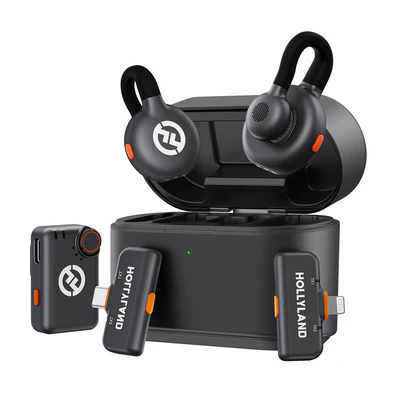
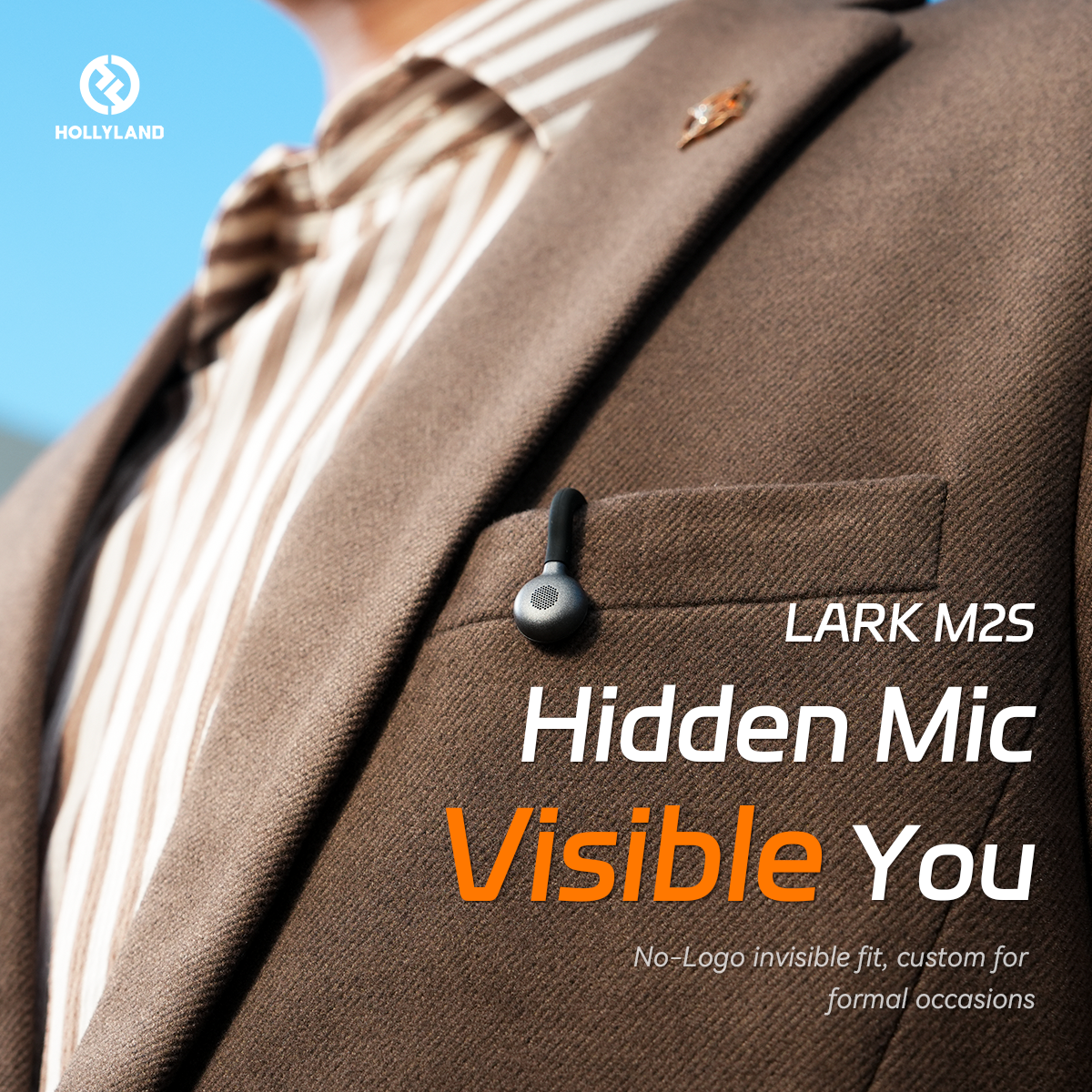
Hollyland LARK M2S - Wireless Hidden Microphone
An ultra-discreet wireless microphone featuring a clip-on transmitter for an “invisible” fit.
Key Features: No-Logo Fit | Ti+ Design | 48 kHz/24-bit
A tiny, hidden microphone that remains unnoticed with its logo-free design, but offers a 1000ft wireless range. Never shakes and never falls because of the titanium clip-on’s solid grip when attached to your clothing. That’s what Lark M2S is! But it’s just the beginning. This wireless mic has omnidirectional microphones integrated into the transmitter units that capture audio at 48 kHz/24-bit. It has an Environmental Noise Cancellation (ENC) feature with dual-level adjustments to ensure your recordings remain clutter and noise-free.
Conclusion
USB condenser microphones make life easier for content creators. They connect straight to computers without extra gear. That alone saves money and space. The quality they offer keeps improving with each release. Beginners and pros both find them useful. Whether it’s gaming or recording vocals, there’s a solid pick for everyone.
The SoloCast handles games and streams like a champ. The Blue Yeti works well for both Mac and Windows users. RODE NT-USB Mini sounds clean without breaking the bank. Fifine K669 stays steady on desks with its strong build. The Sennheiser Profile gives more volume control when needed.
Frequently Asked Questions about a USB Condenser Microphone
Q1. Can a condenser microphone come with a USB connection?
Yes, some condenser microphones do come with USB support. These mics plug straight into your computer’s USB port. No fancy gear needed. They pull power and send audio using just that one cable. Many folks like this setup because it keeps things simple. No audio interface or mixer to worry about. Just plug it in and start recording. Perfect for beginners or casual creators who want clear sound. USB condenser mics make recording at home feel less complicated and more fun. Just make sure your device recognizes it when plugged in.
Q2. Are there any downsides to using a USB mic?
Yes, USB microphones do have some weak spots. They often have limited sound capture compared to studio mics. This means they might miss some tiny details in your voice or music. It’s not about the USB plug itself, though. The problem is that most USB mics combine a microphone and an audio converter in one shell. That usually means lower quality parts. Traditional XLR mics still sound better because they use separate, stronger tools. USB mics are easy, sure, but they may lack that studio magic.
Q3. What makes condenser microphones less ideal sometimes?
Condenser mics are sensitive and can break if dropped. They also pick up tiny background noises that dynamic mics often ignore. Another thing to note is that they need power from somewhere. That usually means phantom power or a USB connection. These mics are made for quiet studio spaces, not noisy streets. So if someone sneezes outside, your mic might catch it. Keep them in a safe spot and use them where it’s quiet.
Q4. How can someone attach a USB condenser mic?
Connecting a USB condenser mic is simple. Plug the cable into your computer’s USB port. That’s it. Just make sure the connection is tight and the right cable is used. Once connected, open your sound settings or recording app. Pick the mic as your input device. Sometimes it gets selected on its own, but it’s safer to check. Once set up, the mic is ready to go. You can start recording podcasts, music, or whatever you like. No extra boxes or wires needed.
Q5. Is it possible to use a USB condenser mic with a phone?
If your phone has a USB-C port, many USB condenser mics will work with the right cable. Newer Androids usually connect without a problem. For older Androids, a USB OTG adapter might be needed. If it’s an iPhone, then a Lightning adapter may be required. It all depends on the port. Once connected, the mic should be detected by your phone. Then you can record your voice with better sound quality anywhere you want.
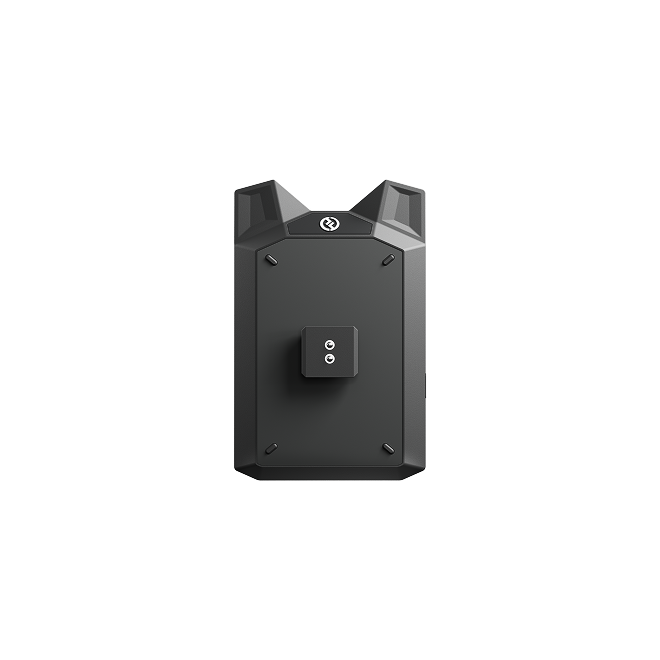

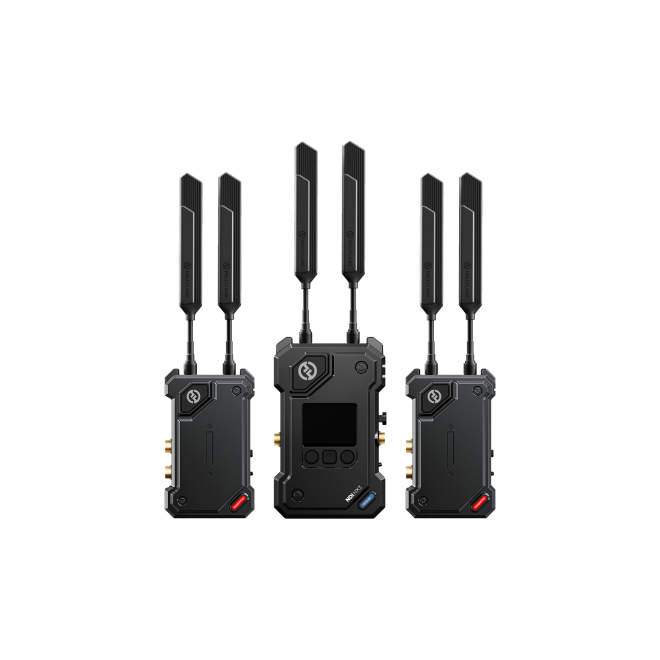
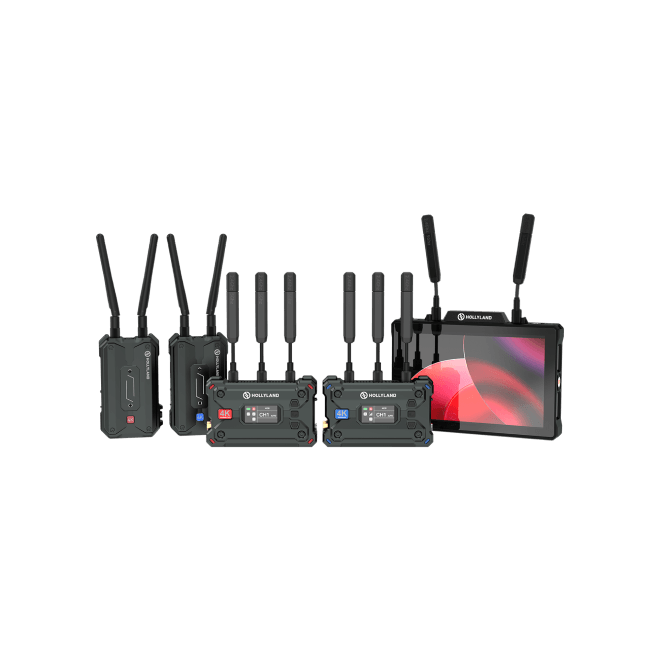
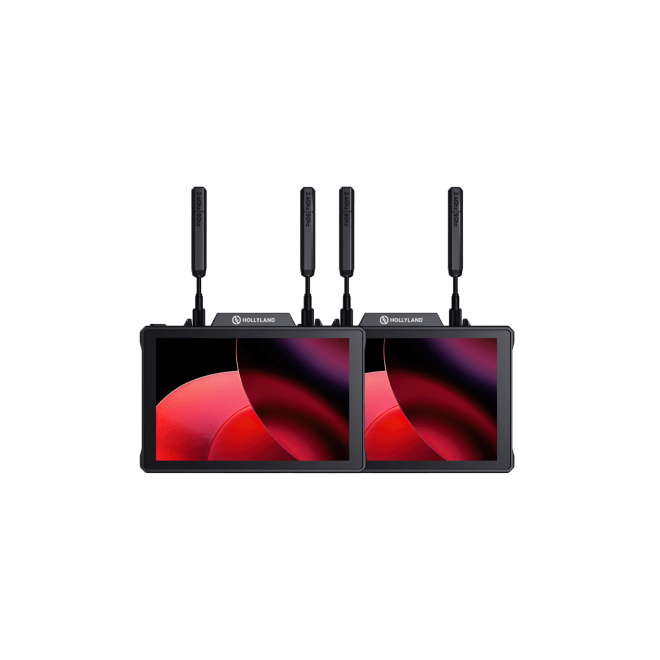
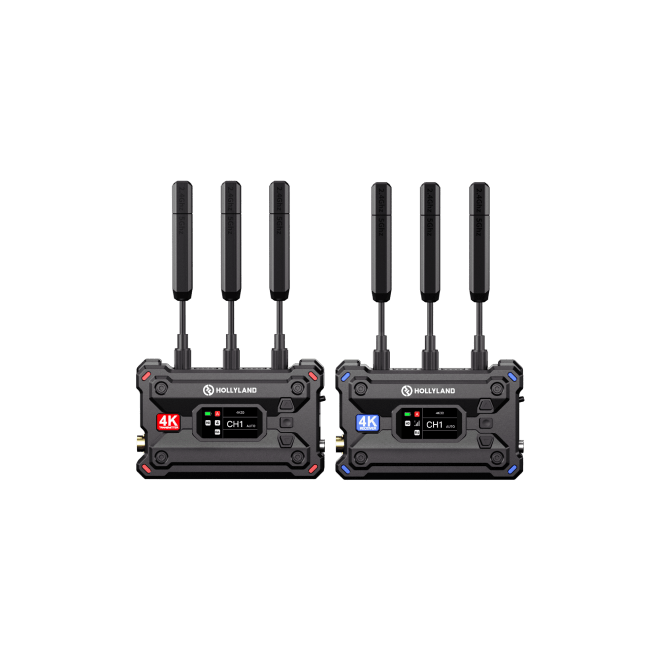
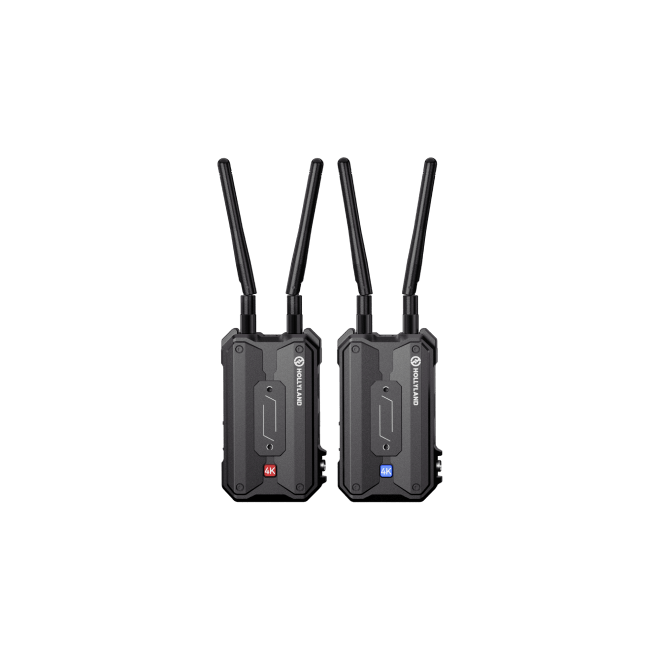
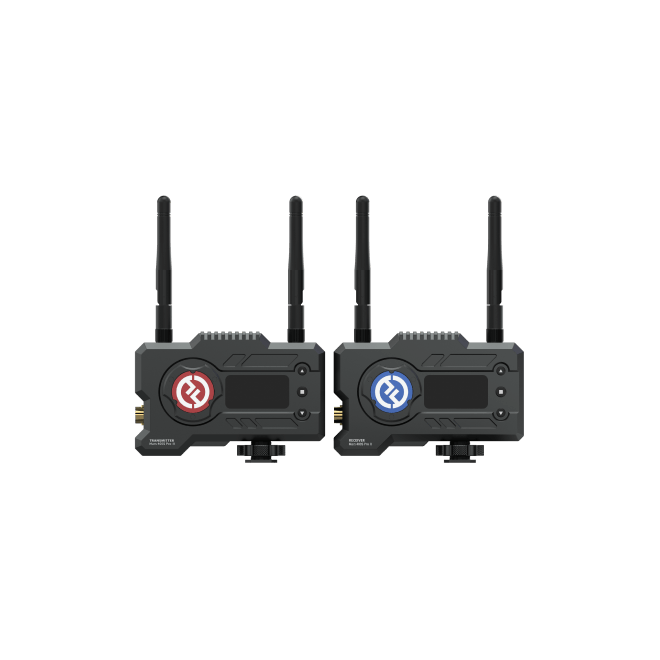
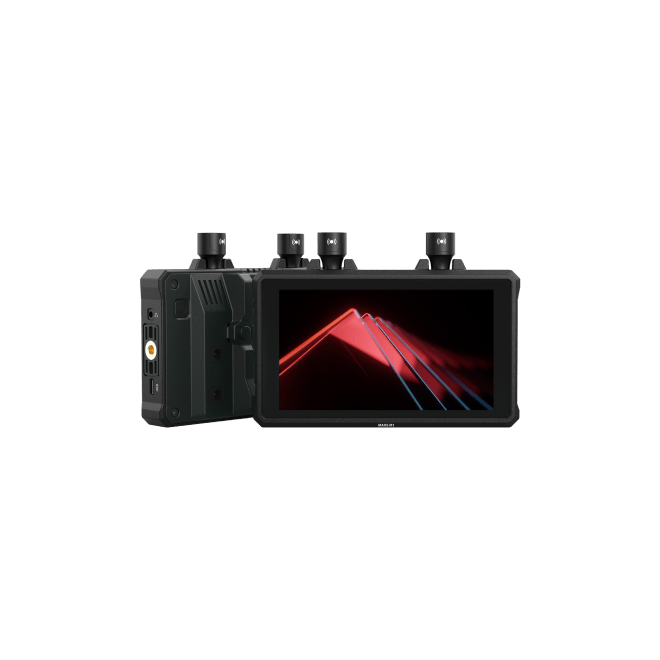
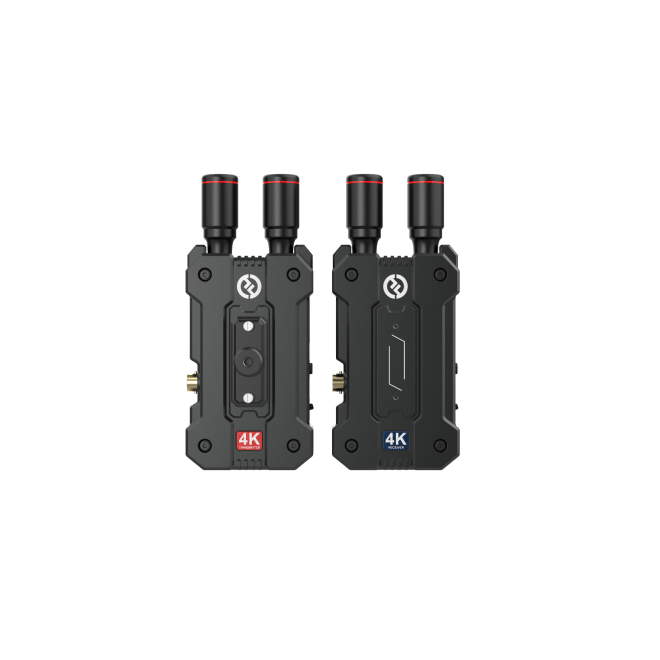
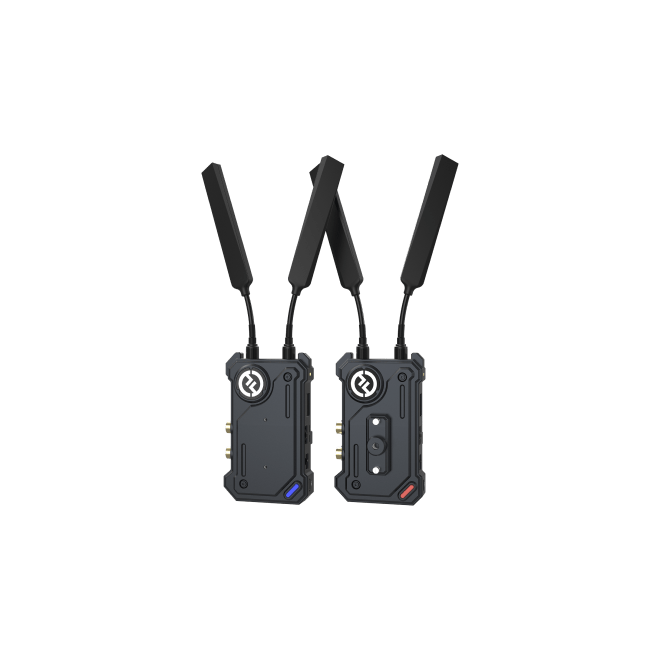
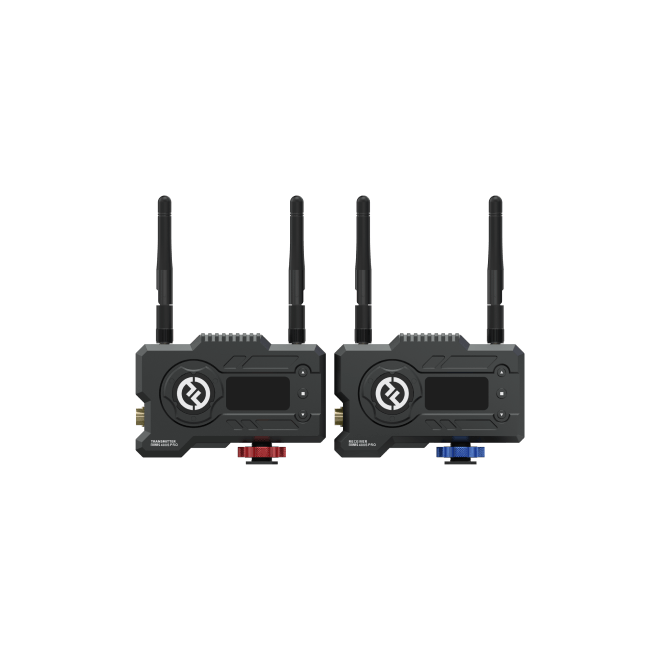
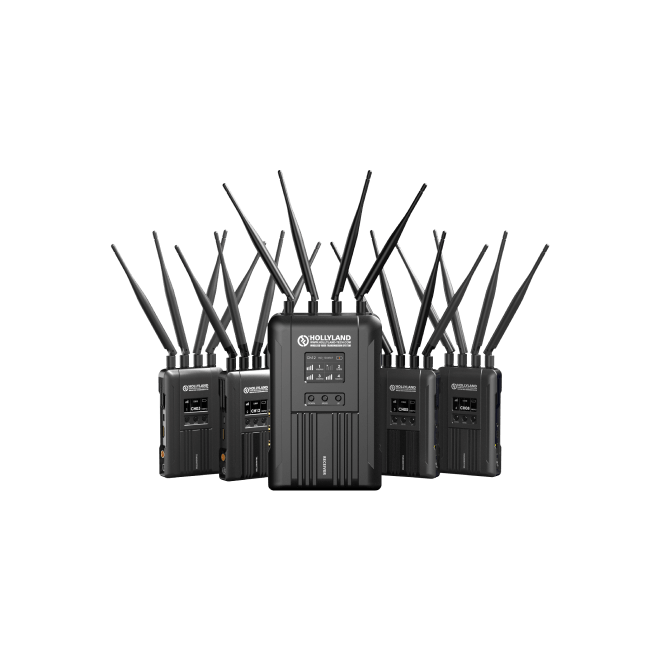
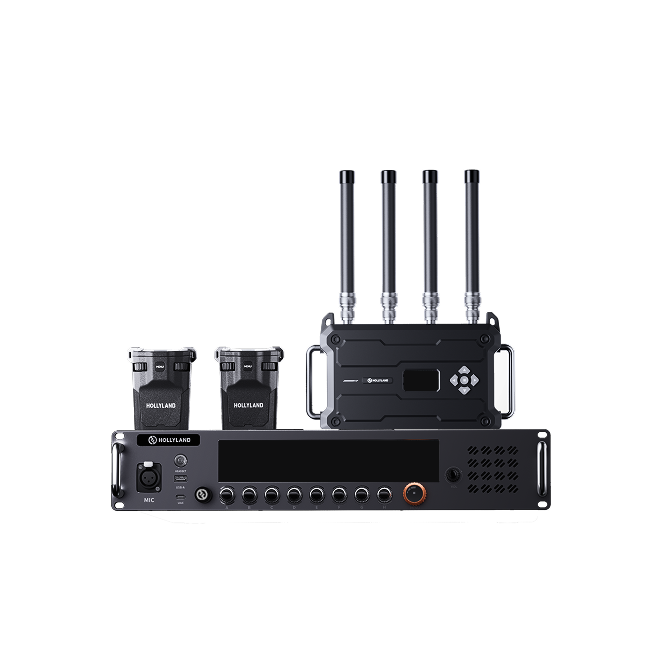

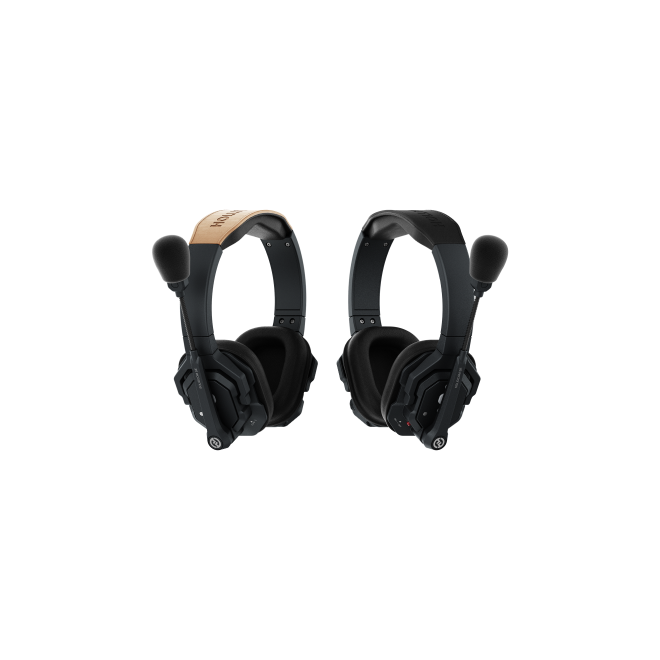

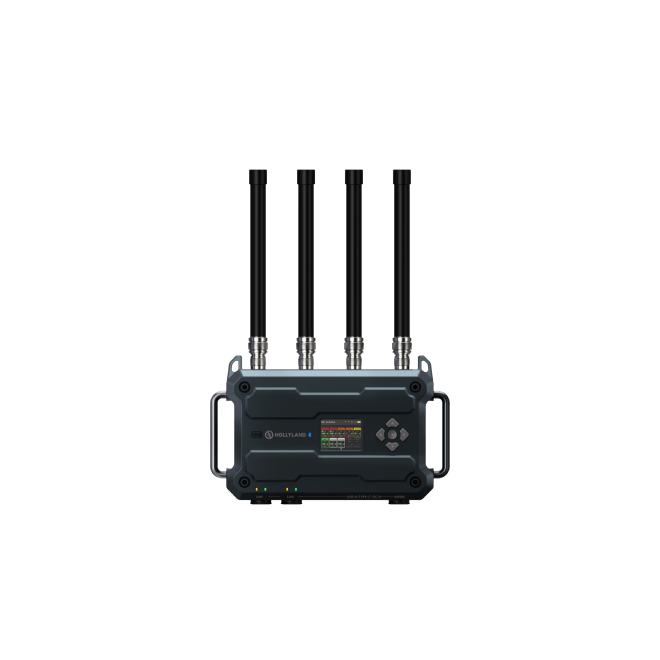
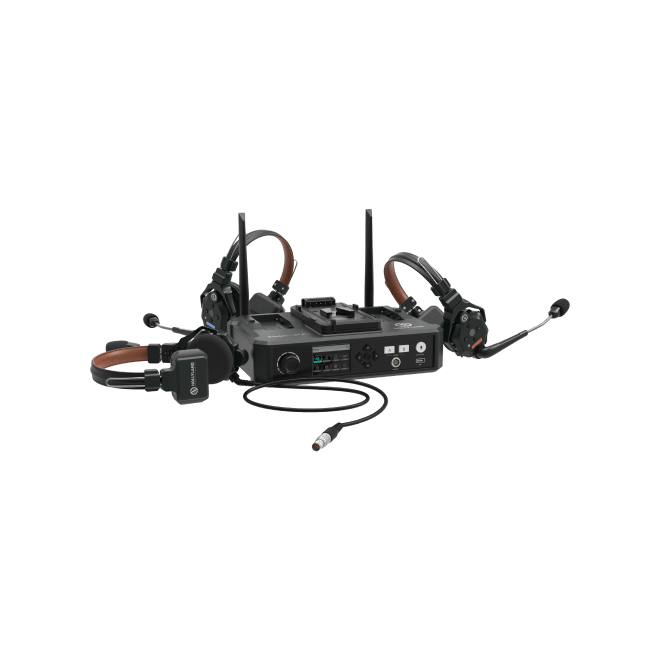
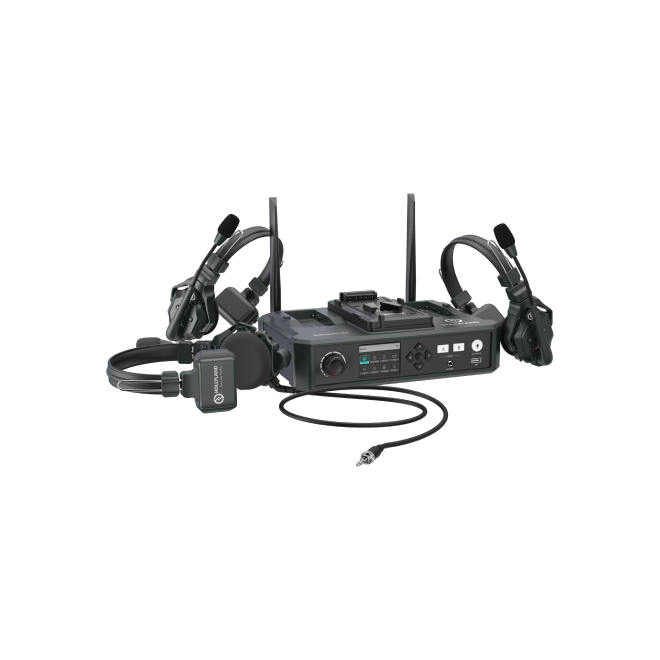

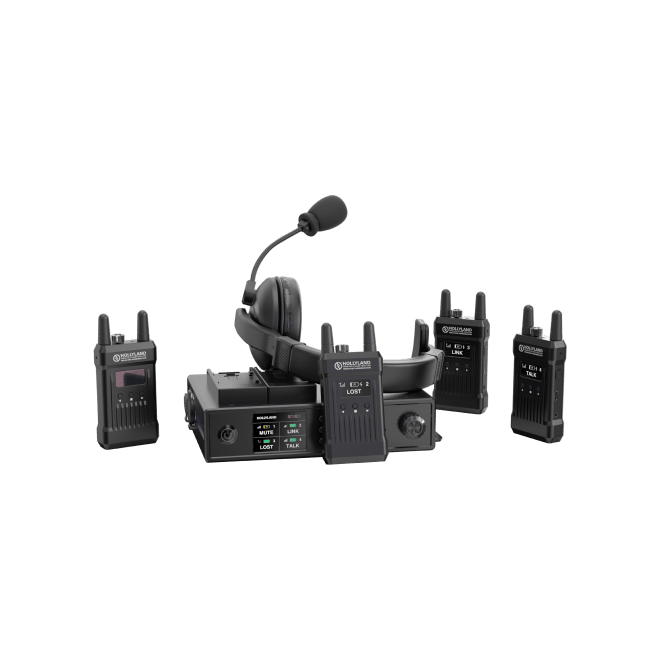

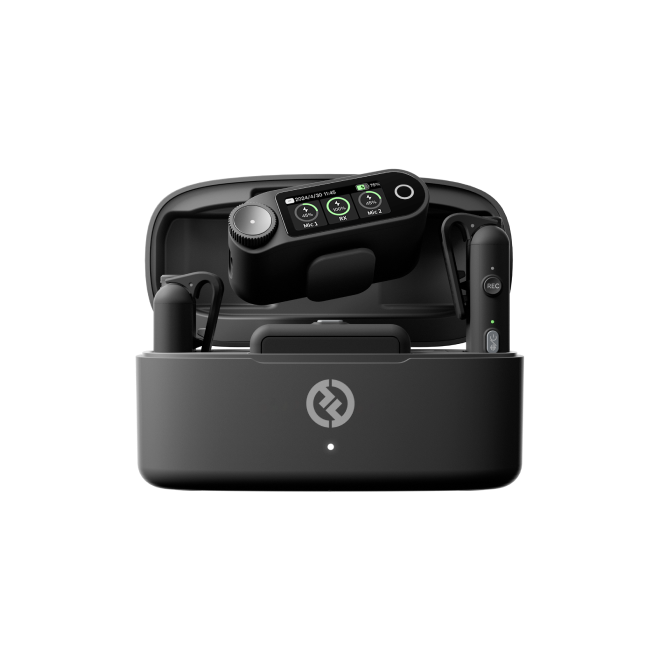
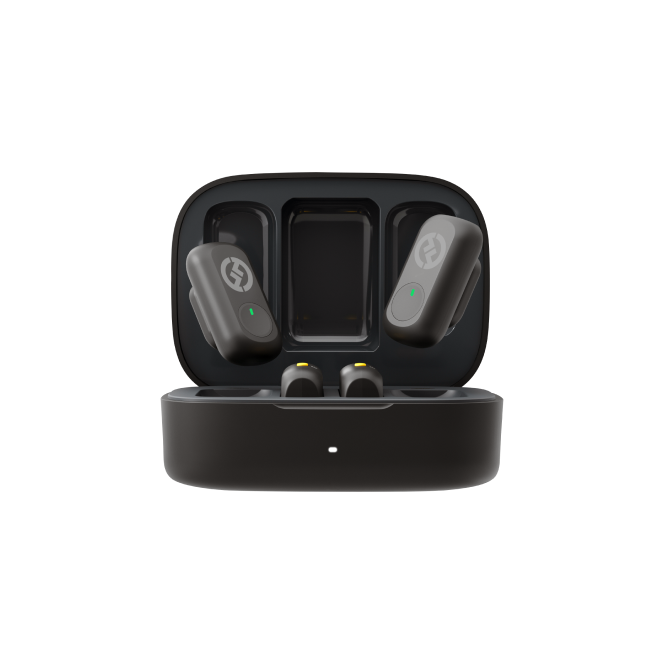

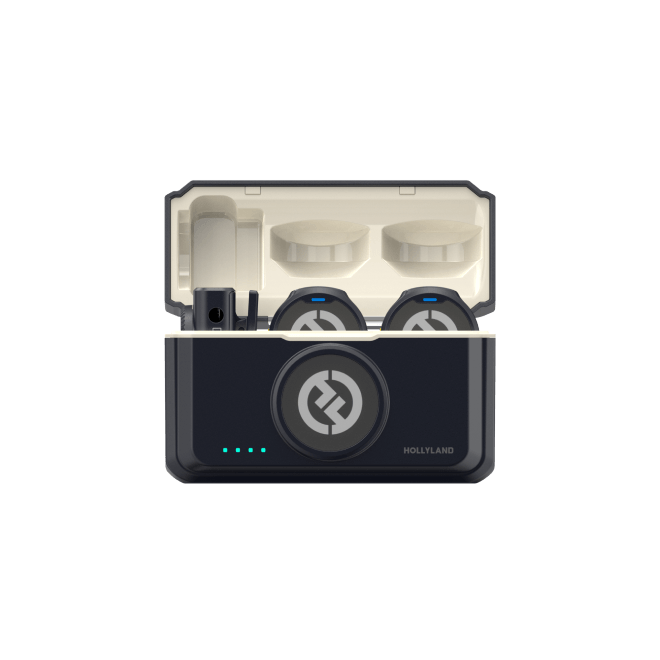
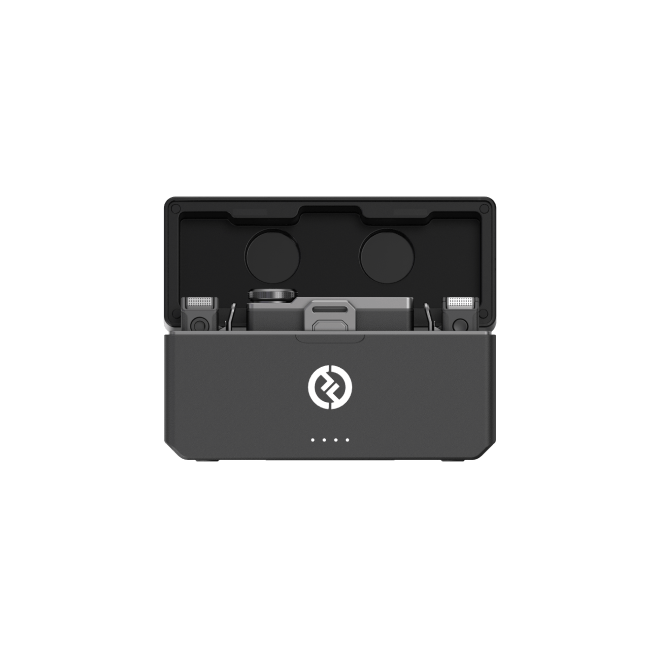
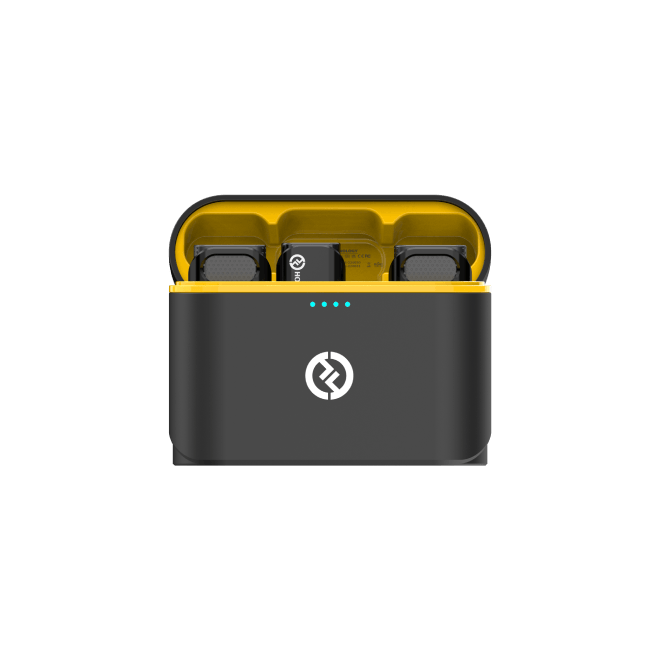
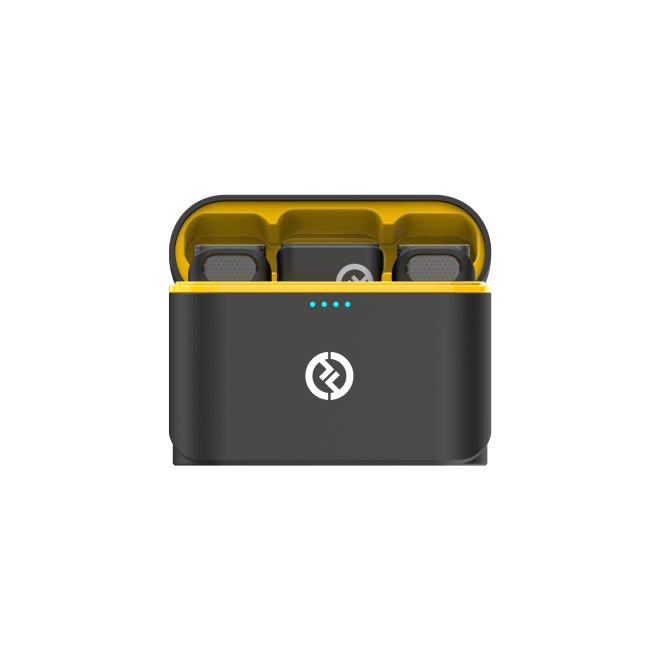
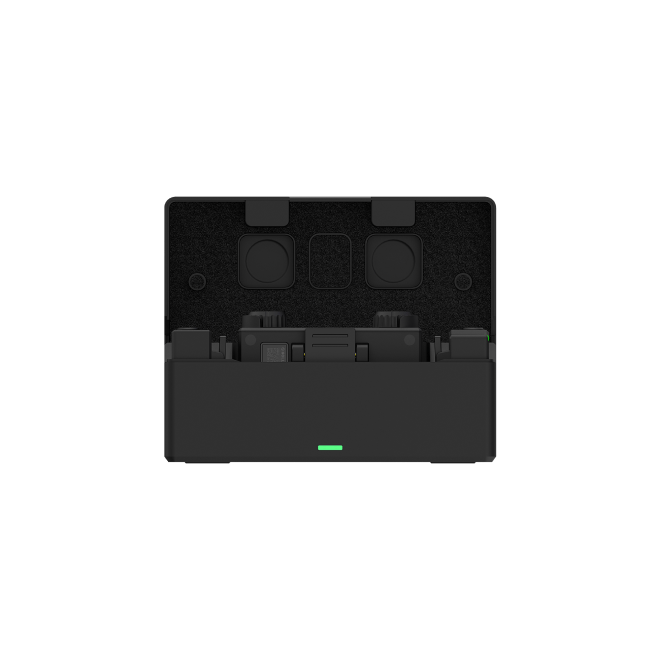
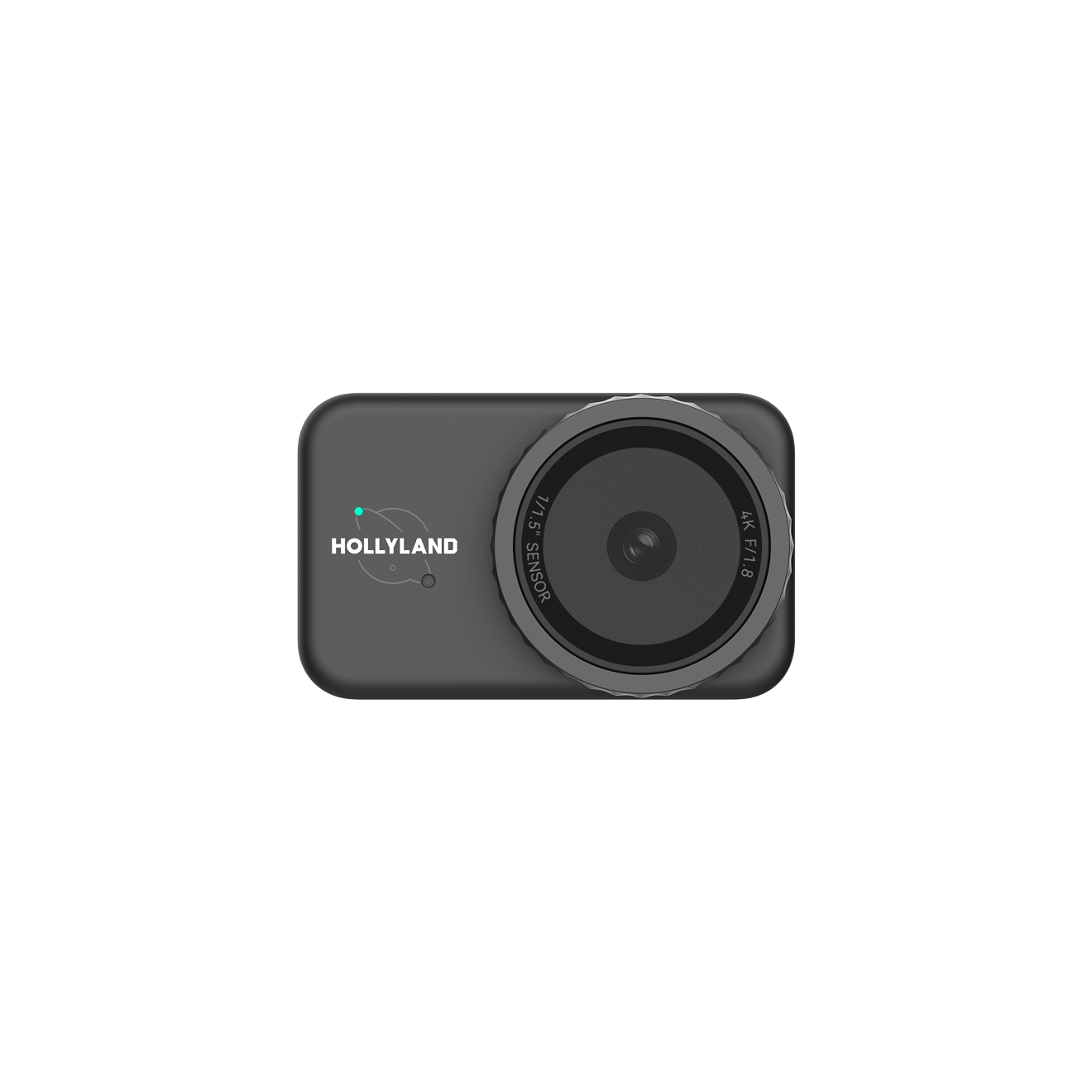

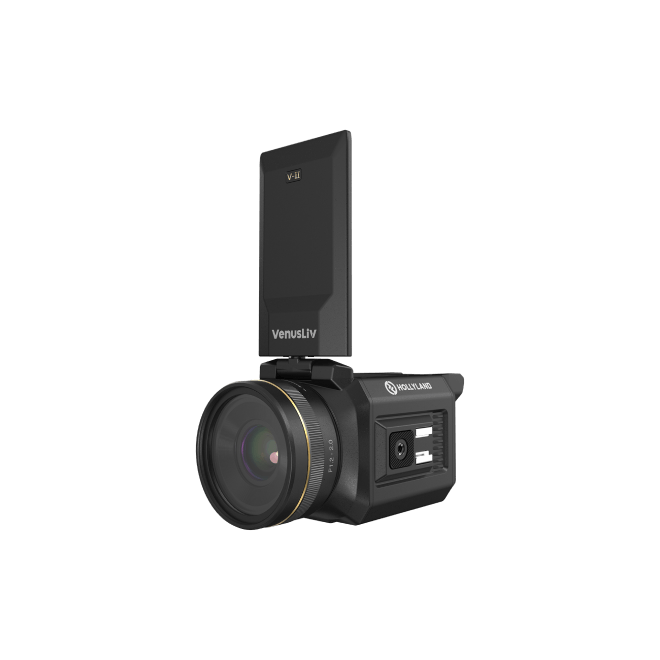
.png)

